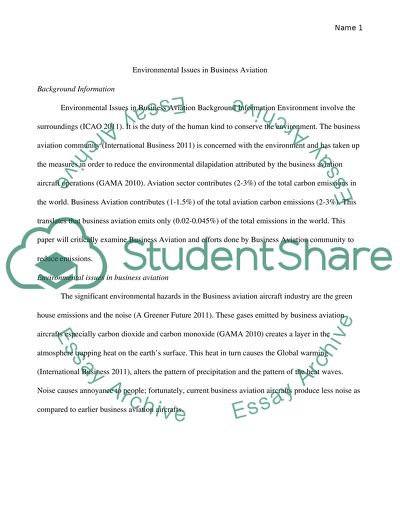Cite this document
(“Environmental Issues in Business Aviation Assignment”, n.d.)
Retrieved de https://studentshare.org/environmental-studies/1392079-environmental-issues-in-business-aviation
Retrieved de https://studentshare.org/environmental-studies/1392079-environmental-issues-in-business-aviation
(Environmental Issues in Business Aviation Assignment)
https://studentshare.org/environmental-studies/1392079-environmental-issues-in-business-aviation.
https://studentshare.org/environmental-studies/1392079-environmental-issues-in-business-aviation.
“Environmental Issues in Business Aviation Assignment”, n.d. https://studentshare.org/environmental-studies/1392079-environmental-issues-in-business-aviation.


